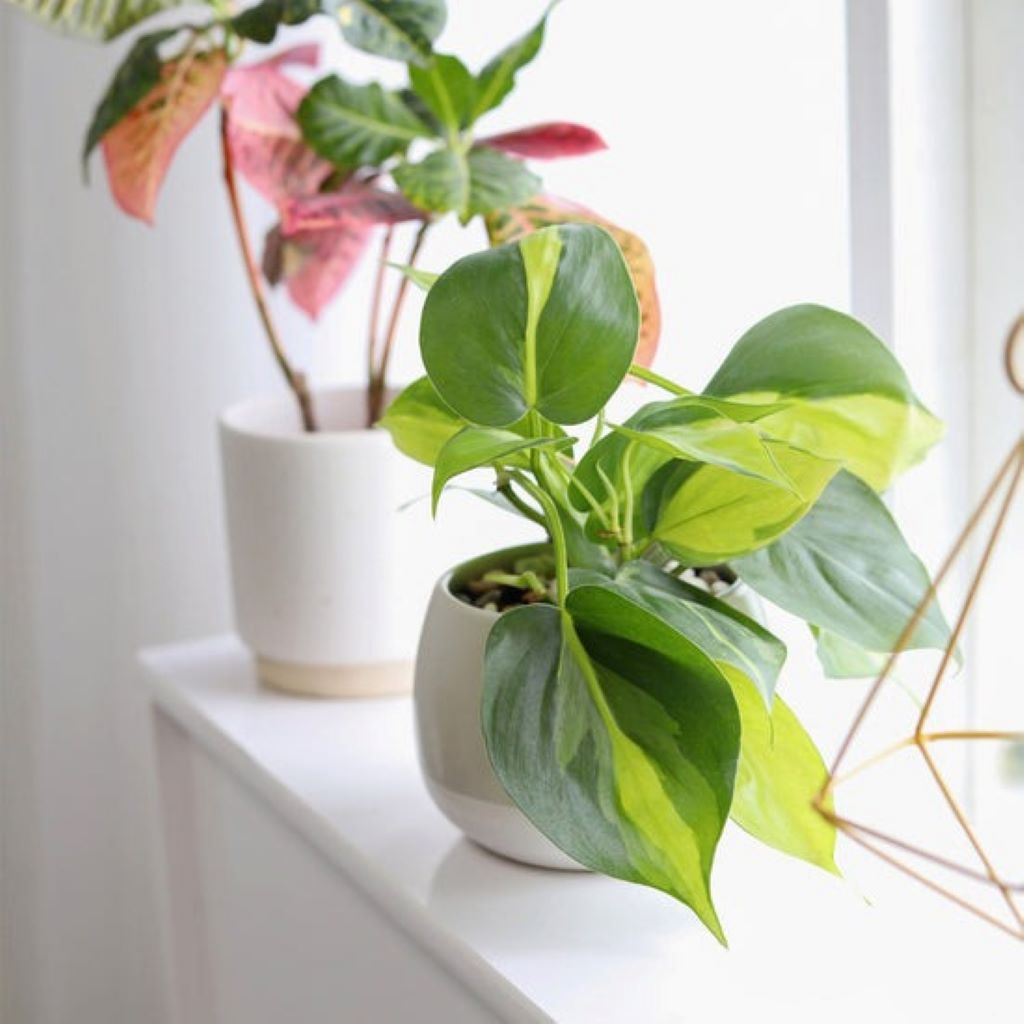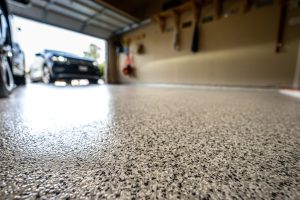How to Remove Mineral Buildup on Pots for Healthier Indoor Plants
Indoor plants bring life and beauty to any home, but their health depends on proper care. Over time, mineral buildup in pots can harm your plants by affecting soil quality and nutrient absorption. This crusty, white residue often comes from hard water or fertilizer salts. Fortunately, learning how to remove mineral buildup in a pot for indoor plants is simple and can make a big difference. At The Village Gardener, you’ll find practical tips to keep your indoor plants thriving.
Understanding Mineral Buildup in Pots
Mineral buildup appears as a white or yellowish crust on the soil surface or pot edges. It’s caused by dissolved minerals like calcium and magnesium in tap water or excess fertilizer salts. These deposits can clog soil pores, reduce water retention, and block nutrient uptake, leading to stunted plant growth. Recognizing this issue early is key to maintaining healthy indoor plants.
For detailed guidance, check out The Village Gardener’s advice on how to remove the mineral buildup in a pot for indoor plants. Their step-by-step approach simplifies the process. By addressing buildup promptly, you can prevent long-term damage to your plants.
Why Mineral Buildup Harms Indoor Plants
Mineral buildup creates several problems for indoor plants. First, it alters soil pH, making it too alkaline for many plants to thrive. Second, it reduces the soil’s ability to hold water, causing roots to dry out. Finally, excess salts can burn delicate roots, leading to yellowing leaves or wilting. Regular cleaning prevents these issues and supports vibrant plant growth.
Tools and Supplies You’ll Need
Before starting, gather a few basic items. Having everything ready makes the process quick and efficient. Here’s what you’ll need:
- A clean bucket or sink
- Distilled or rainwater (avoid tap water to prevent more buildup)
- White vinegar or lemon juice
- A soft brush or sponge
- A watering can
- A towel or cloth for drying
- Optional: pH testing kit to check soil after cleaning
These supplies are affordable and easy to find at home or in local stores.
Step-by-Step Guide to Removing Mineral Buildup
Removing mineral buildup is straightforward if you follow these steps. Each one is designed to protect your plant and restore the pot to a healthy state.
Step 1: Remove the Plant (If Necessary)
If the buildup is heavy, gently remove the plant from its pot. Tap the pot to loosen the root ball, and place the plant on a clean surface. Be careful not to damage the roots. If the buildup is only on the soil surface, you may not need to remove the plant.
Step 2: Flush the Soil
Place the pot (with or without the plant) in a sink or bucket. Pour distilled or rainwater through the soil to flush out excess salts. Use about two to three times the pot’s volume in water. For example, for a one-gallon pot, use two to three gallons of water. This process, called leaching, washes away harmful minerals.
Step 3: Clean the Pot’s Surface
Mix equal parts white vinegar or lemon juice with water in a bucket. Dip a soft brush or sponge into the solution and scrub the pot’s interior and exterior. Focus on areas with visible white crust. The mild acidity dissolves calcium and magnesium deposits. Rinse the pot thoroughly with distilled water to remove any residue.
Step 4: Check and Adjust Soil pH
After flushing, test the soil’s pH using a testing kit. Most indoor plants prefer a pH between 6.0 and 7.0. If the soil is too alkaline (above 7.0), mix in a small amount of organic compost or peat moss to lower the pH. This step ensures the soil supports healthy growth.
Step 5: Repot or Return the Plant
If you removed the plant, add fresh potting mix to the cleaned pot before replanting. Ensure the new soil is well-draining and suitable for your plant type. If the plant stayed in the pot, water it lightly with distilled water to settle the soil. Place the pot in its usual spot and monitor the plant’s recovery.

Preventing Future Mineral Buildup
Prevention is easier than cleaning buildup later. Use these tips to keep your pots and plants healthy:
- Use Distilled or Rainwater: Tap water often contains minerals that cause buildup. Switch to distilled or collected rainwater for watering.
- Fertilize Sparingly: Over-fertilizing leads to salt accumulation. Follow the recommended dosage for your plant type and dilute liquid fertilizers.
- Flush Soil Regularly: Every few months, flush the soil with distilled water to remove early mineral deposits.
- Choose the Right Pot: Terracotta pots absorb minerals faster than plastic or glazed ceramic. Consider using non-porous pots for plants sensitive to buildup.
- Monitor Watering Habits: Avoid letting water sit in saucers, as it can reintroduce minerals into the soil.
By adopting these habits, you’ll reduce buildup and keep your indoor plants healthy.
Common Mistakes to Avoid
When tackling mineral buildup, some mistakes can harm your plants. First, don’t use harsh chemicals like bleach, as they can damage the pot and soil. Second, avoid scrubbing too aggressively, which may scratch the pot or harm roots. Finally, don’t skip rinsing after using vinegar or lemon juice, as leftover acidity can affect soil pH. Taking your time ensures the process is safe and effective.
Benefits of Removing Mineral Buildup
Cleaning mineral buildup does more than improve your plant’s appearance. It enhances root health, improves nutrient absorption, and promotes vigorous growth. Your plants will have brighter leaves, stronger stems, and better resistance to pests and diseases. Additionally, clean pots look more attractive, enhancing your indoor space.
When to Seek Professional Help
In most cases, you can handle mineral buildup at home. However, if your plant shows persistent wilting, yellowing, or stunted growth despite cleaning, consult a local nursery or plant expert. They can test for underlying issues like root rot or nutrient deficiencies. For valuable or rare plants, professional advice ensures the best care.
Conclusion
Mineral buildup in pots is a common issue for indoor plant owners, but it’s easy to fix with the right approach. By flushing the soil, cleaning the pot, and adopting preventive habits, you can keep your plants healthy and vibrant. Regular care, such as using distilled water and monitoring fertilizer use, prevents future buildup. With these steps, your indoor plants will thrive, bringing beauty and freshness to your home for years to come.
Frequently Asked Questions
- How often should I flush my plant’s soil to prevent mineral buildup?
Flushing every three to six months is usually enough. However, if you use hard tap water or fertilize often, flush every two months to stay ahead of buildup.
- Can I use tap water to clean mineral buildup?
Tap water can add more minerals, worsening the problem. Use distilled or rainwater for flushing and cleaning to avoid further buildup.
- Will vinegar harm my indoor plants?
When diluted and rinsed thoroughly, vinegar is safe. Avoid letting it sit in the soil, as it can lower pH too much and affect plant health.
- How can I tell if mineral buildup is harming my plant?
Look for white crust on the soil or pot, yellowing leaves, wilting, or slow growth. These signs suggest buildup is affecting nutrient uptake.
- Can I prevent mineral buildup without repotting my plant?
Yes, regular flushing with distilled water and careful fertilizing can prevent buildup. Choosing non-porous pots also helps reduce mineral accumulation.
Read More:
The Perfect Timing: When to Transplant Your Potted Plants for Outdoor Success
Why Are My Tomato Plant Leaves Turning Yellow? Causes, Solutions and Prevention













Post Comment